Kowloon walled city in Hong Kong was 119 times as dense as New York
We can't wrap our heads around how crowded Kowloon Walled City was
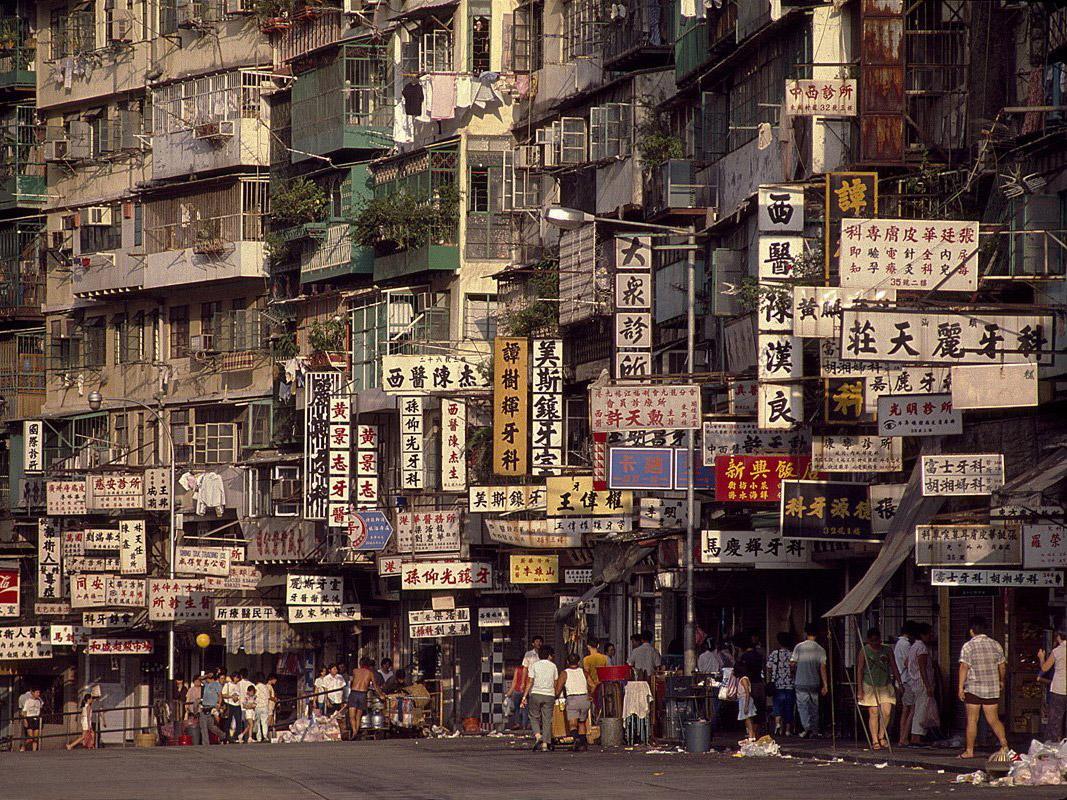
Your support helps us to tell the story
From reproductive rights to climate change to Big Tech, The Independent is on the ground when the story is developing. Whether it's investigating the financials of Elon Musk's pro-Trump PAC or producing our latest documentary, 'The A Word', which shines a light on the American women fighting for reproductive rights, we know how important it is to parse out the facts from the messaging.
At such a critical moment in US history, we need reporters on the ground. Your donation allows us to keep sending journalists to speak to both sides of the story.
The Independent is trusted by Americans across the entire political spectrum. And unlike many other quality news outlets, we choose not to lock Americans out of our reporting and analysis with paywalls. We believe quality journalism should be available to everyone, paid for by those who can afford it.
Your support makes all the difference.Between the 1950s and mid-1990s, tens of thousands of immigrants constructed a towering community 12 stories high across a 6.4-acre lot in Hong Kong.
It was called the Kowloon Walled City.
With a population of 33,000 squeezed into a tiny lot, the city at its peak was 119 times as dense as present-day New York City. Although it faced rampant crime and poor sanitation, the city was impressively self-sustainable until its demolition began in 1993.
In the late '80s, the Canadian photographer Greg Girard found his way into the windowless world.
He shared photos and thoughts about his time in Kowloon Walled City with Business Insider.
Though Hong Kong had been under British rule for decades by the time construction began, a clause in an 1842 treaty meant China still owned the property that would become Kowloon Walled City. Caught in legal limbo, it was effectively lawless.
By 1986, the Walled City had caught the attention of the photographer Greg Girard. Girard would spend the next four years in and out of the city, capturing daily life inside its teetering walls.
The Lego-like city was built over decades as residents stacked rooms on top of one another. The end result “looked formidable,” Girard told Business Insider, “but who knows?”
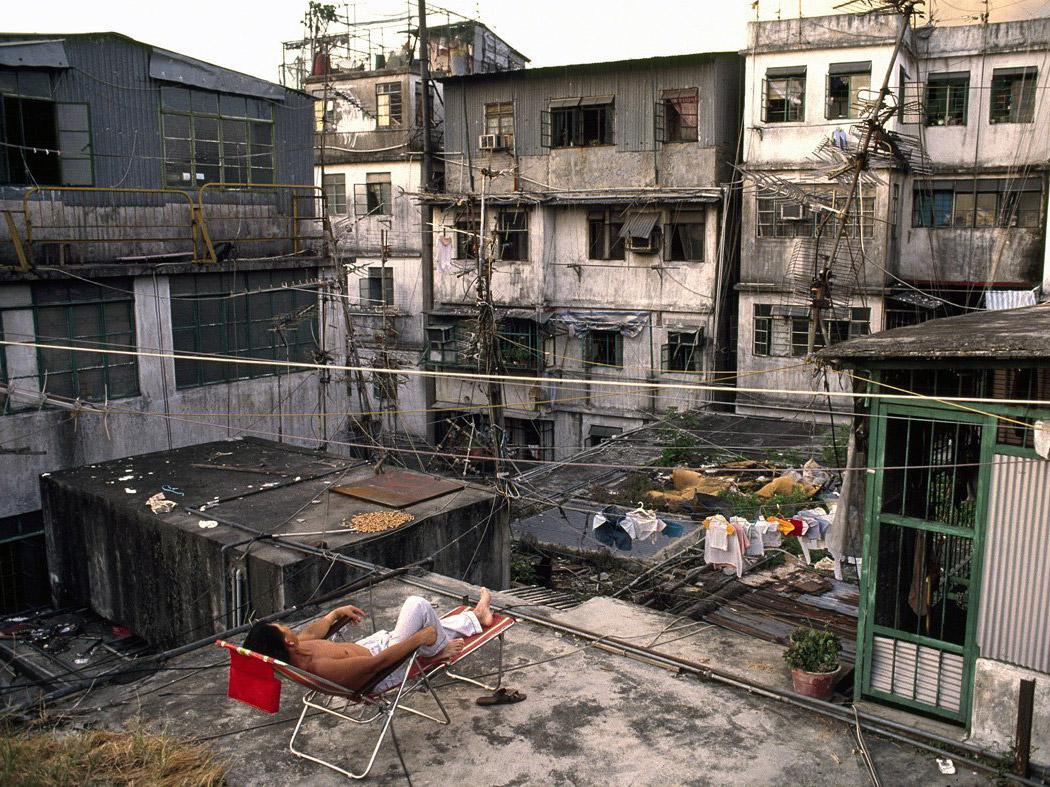
At night, the city's lawlessness became truly apparent. Crime was rampant, and anyone who knew better wouldn't trespass near the city's walls.
Even though the area wasn't terribly dangerous by the time Girard visited, he said local children were still told by their parents not to go near Kowloon Walled City.
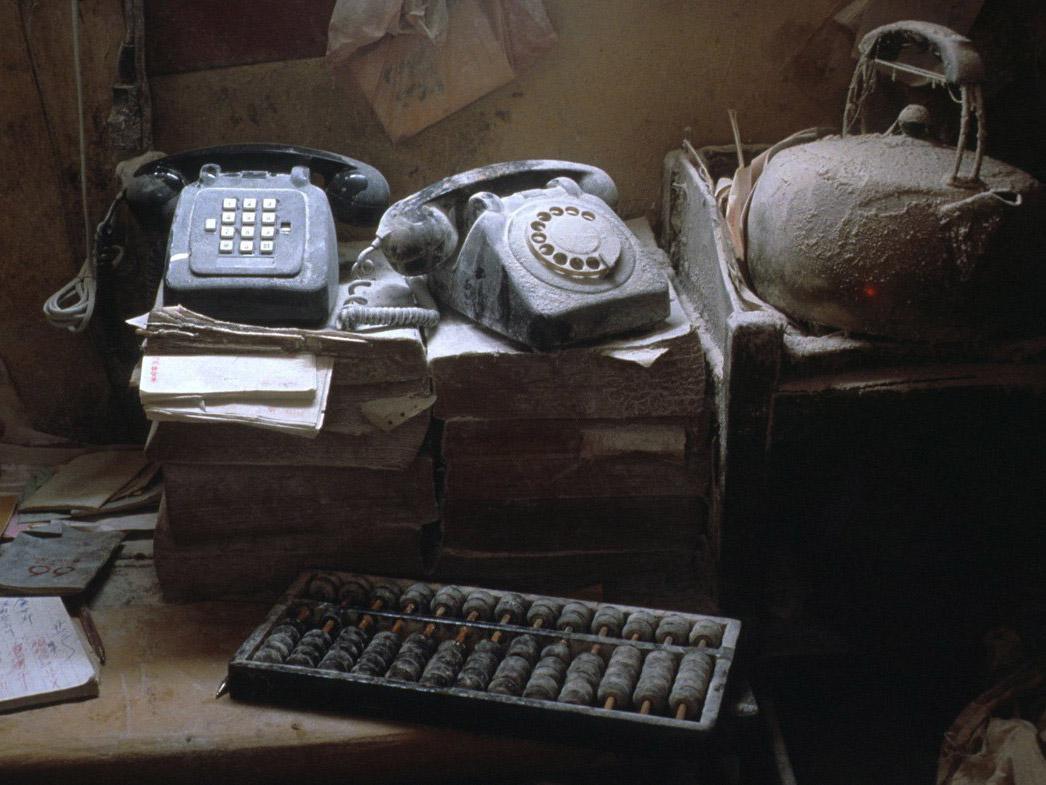
The city had just about every business imaginable, for better or worse. At night, schools and salons were converted into strip clubs and gambling halls. Trafficked drugs — mostly opium — made frequent appearances.
One woman, Wong Cheung Mi, worked as a dentist.
Like many of the Walled City's dentists, Wong could not practice anywhere else in Hong Kong. This type of arrangement drew hordes of working-class citizens to visit the city for affordable healthcare and services.
Stacked housing blocks meant virtually no sunlight could pierce through. Even during the day, Girard says, “it was nighttime all the time in there.”
The one place of respite from the dampness was on the roof, though Girard said this was the most unsafe — “there were a lot of additional things sticking out and spaces between buildings that had been combined.”
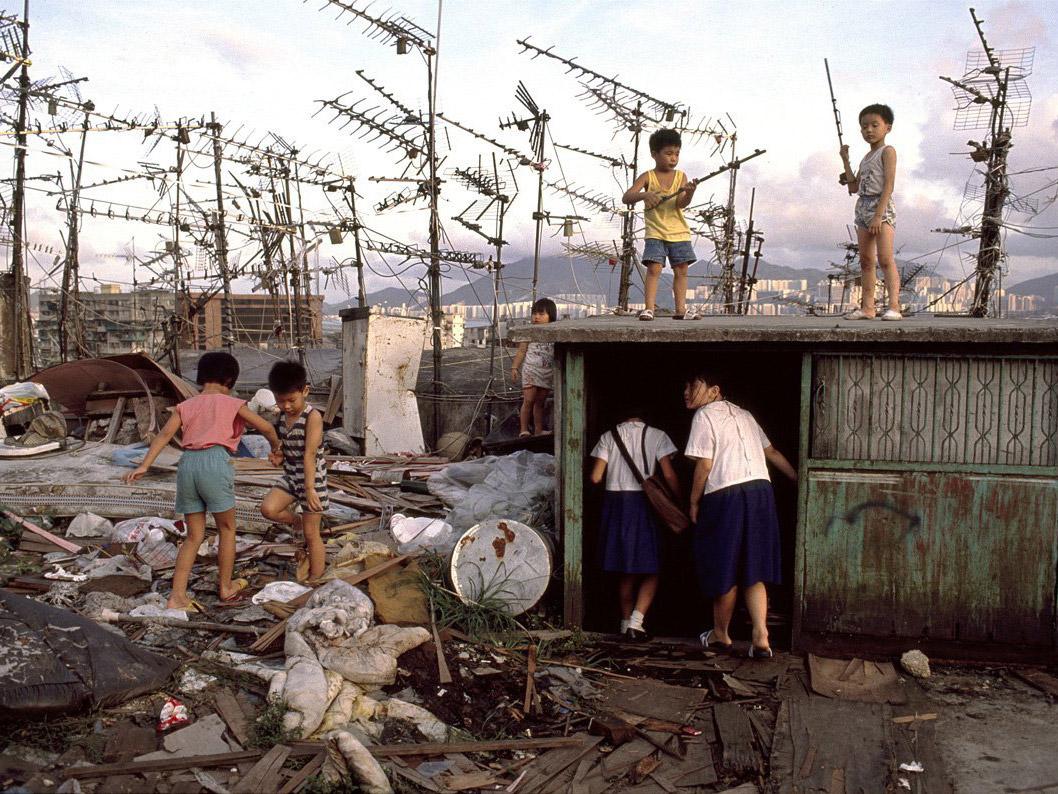
In-house manufacturing was a huge part of the Walled City's infrastructure. Dog-meat butchers, entrepreneurs, and noodle makers enjoyed zero oversight inside the walls.
Hui Tuy Choy opened his noodle factory in 1965, free to ignore codes about health, fire, and labour.
Some of the most common products manufactured in the city were fish balls, which producers sold to local restaurants.
Sanitation was of minimal importance, Girard said — “it was an intensely difficult place to function, with no laws governing health or safety.
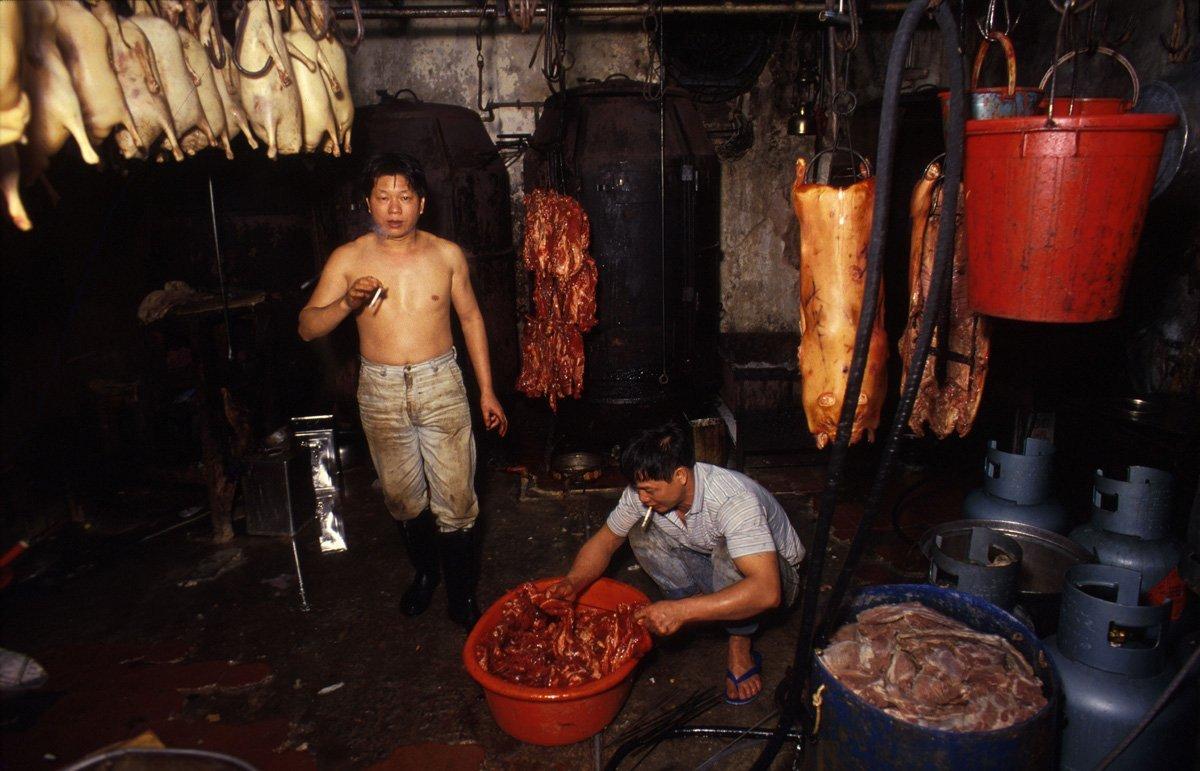
Law enforcement typically intervened only for serious crimes, Girard says, though rumors were always swirling that Hong Kong's government preferred to turn a blind eye.
One law that was consistently enforced was that the Walled City could be no higher than 14 stories. Otherwise, low-flying airplanes would have trouble meeting the nearby runway.
Despite its seedy reputation, the Walled City offered a sense of togetherness to thousands of people who had no community, Girard says.
“Its physical reality kind of belied this community that it was,” Girard says, adding that people's attitudes toward him changed around 1990 when they learned the structure was to be knocked down.
People began living increasingly quiet, traditional lives. Though he entered as a threatening outsider, Girard eventually left having formed genuine relationships.
After the city was torn down in 1994, a park was built in its place. Today, Kowloon Park attracts photographers, bird-watchers, and tourists looking to relax in scenic Hong Kong — with plenty of room.
“Hong Kong is kind of a surreal place,” Girard said. “The Kowloon Walled City was one of its more surreal mutations, but Hong Kong evolves, and Kowloon evolves.”
You can find more of Girard's photographs of Kowloon Walled City on his website.
• The mysterious life of Vladimir Putin's ex-wife
• Three simple, daily practices for living a happy life
• 15 movies you need to see that people agree are absolutely perfect
Read the original article on Business Insider UK. © 2016. Follow Business Insider UK on Twitter.
Join our commenting forum
Join thought-provoking conversations, follow other Independent readers and see their replies
Comments